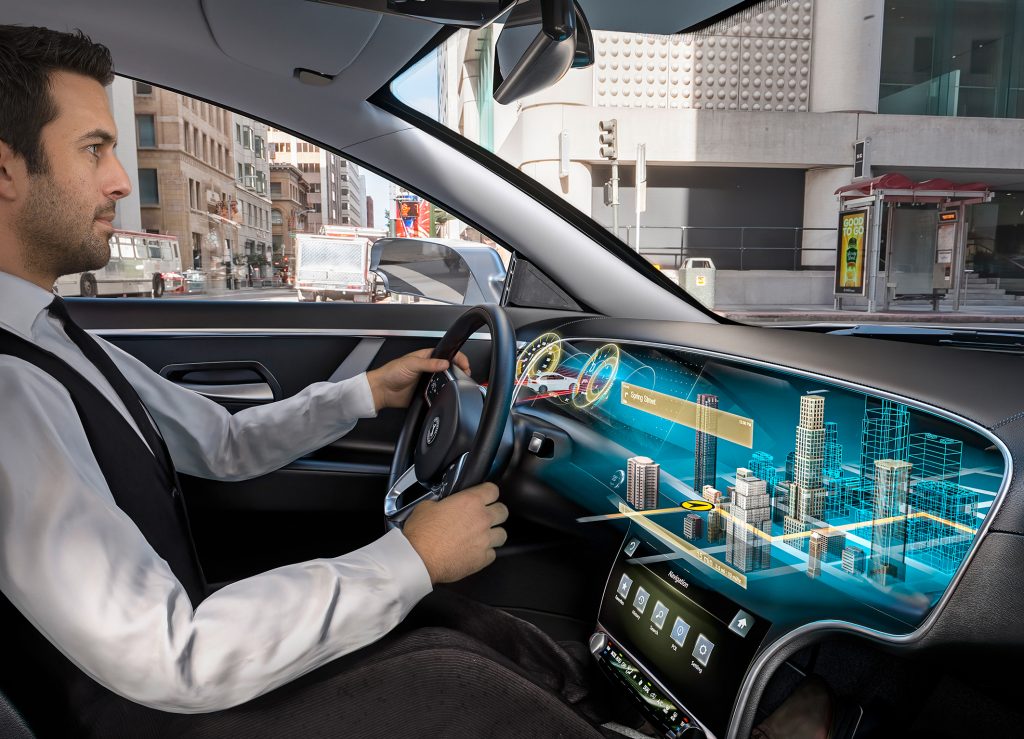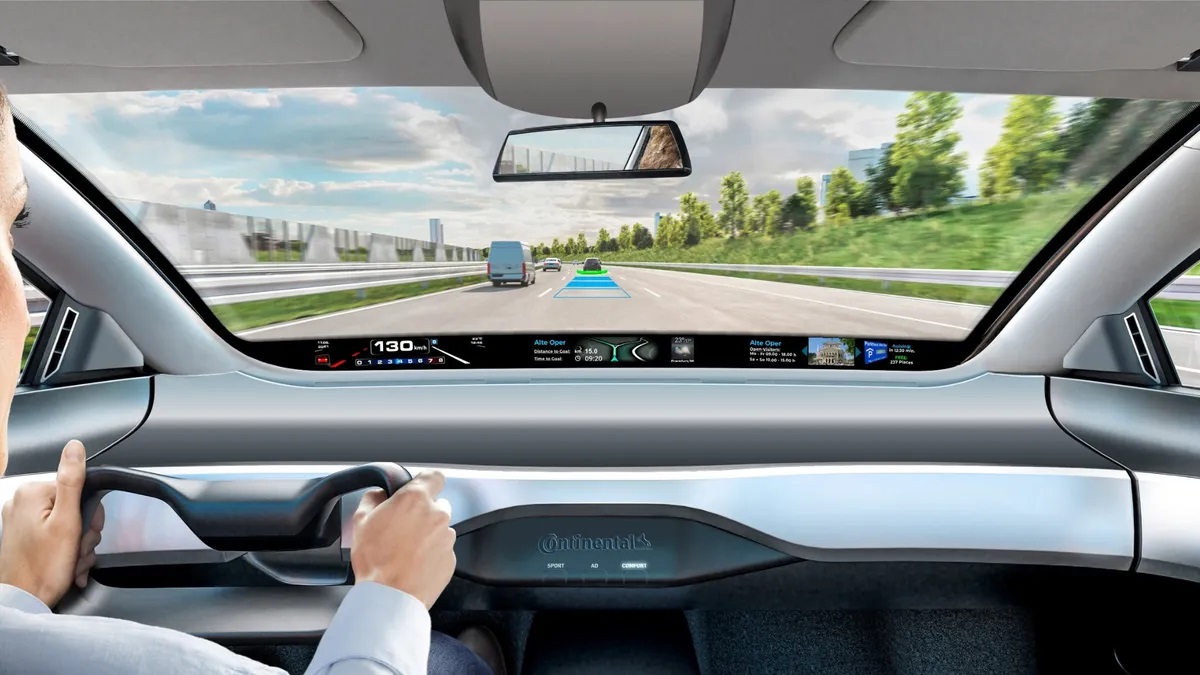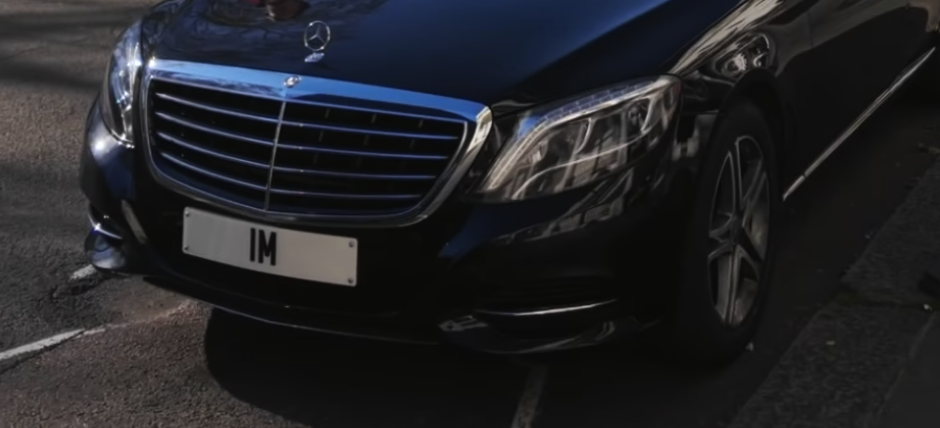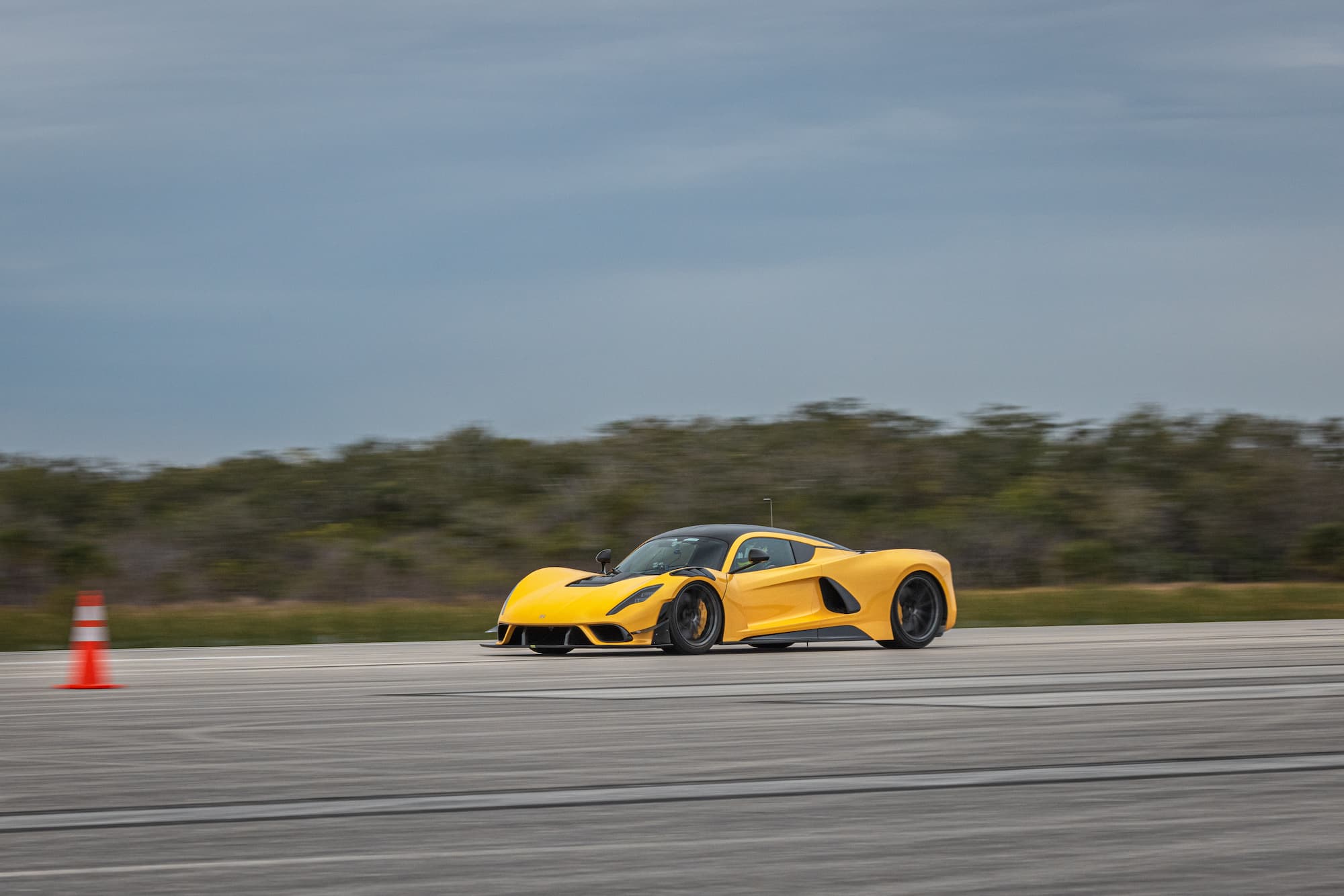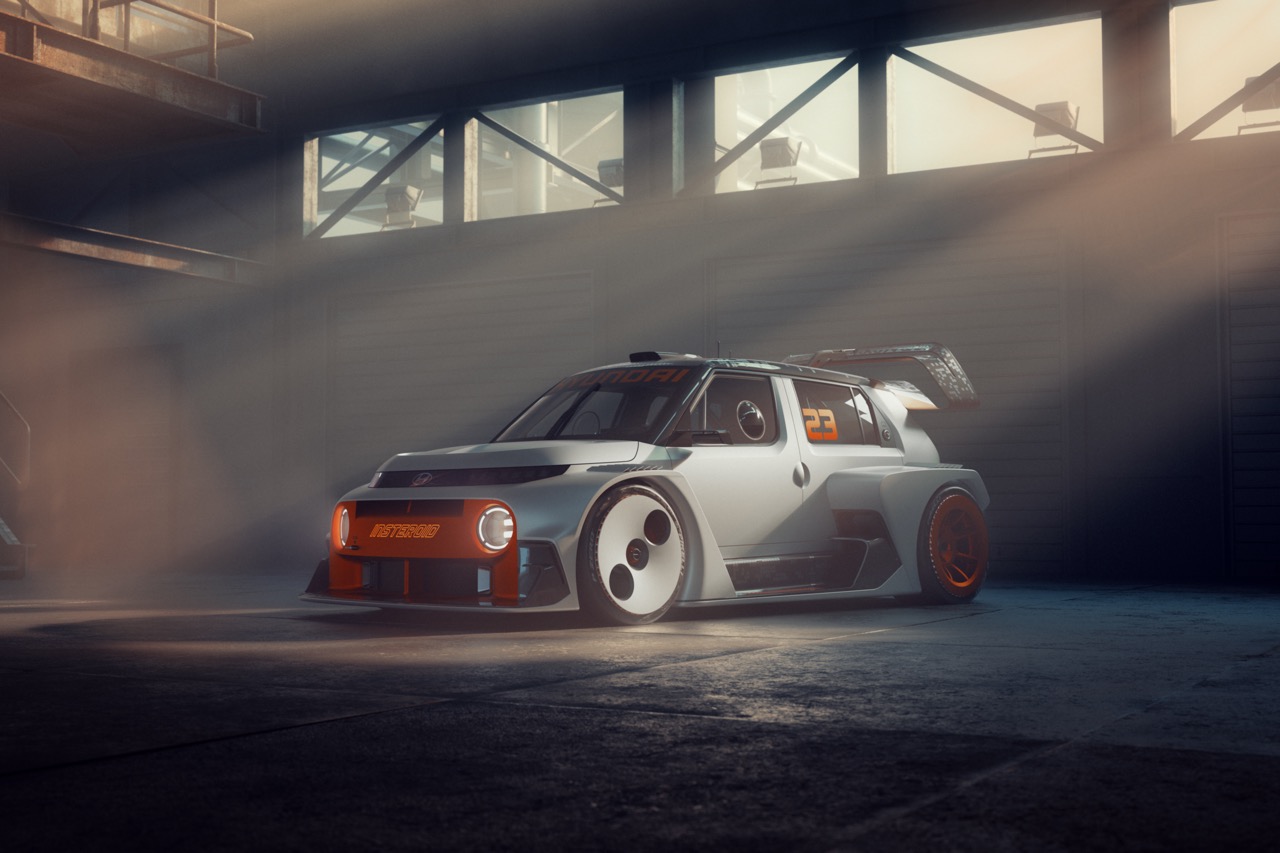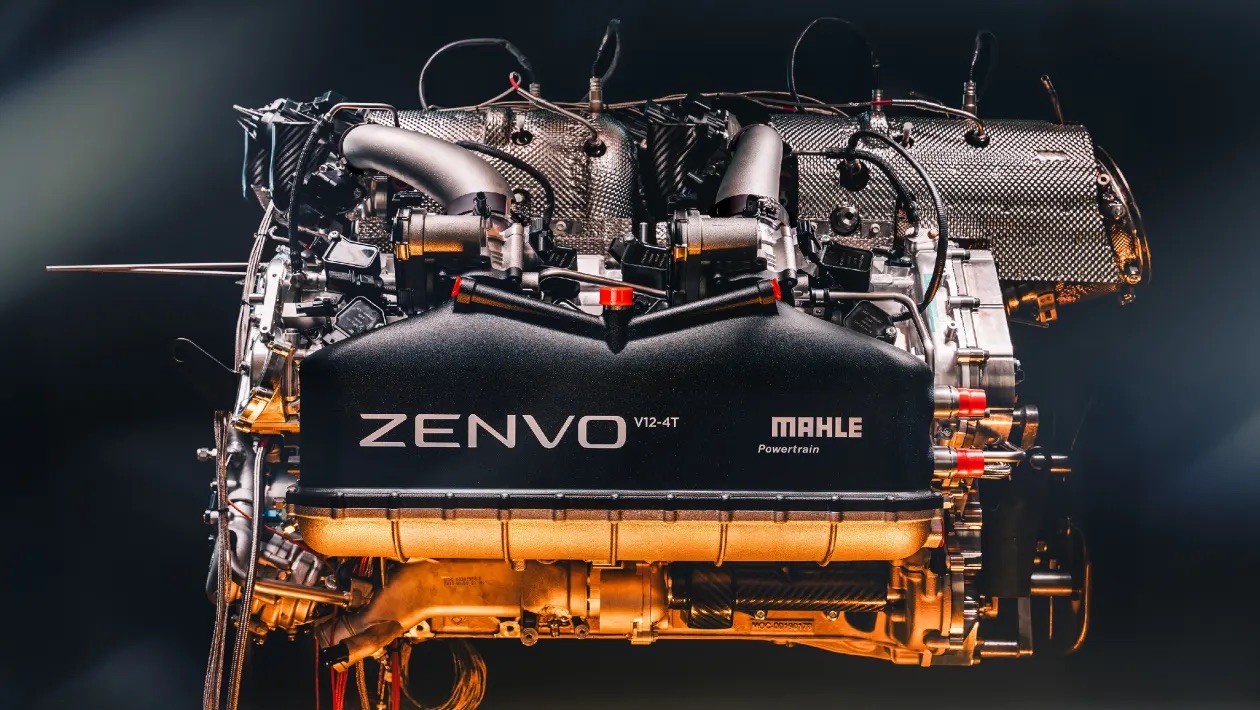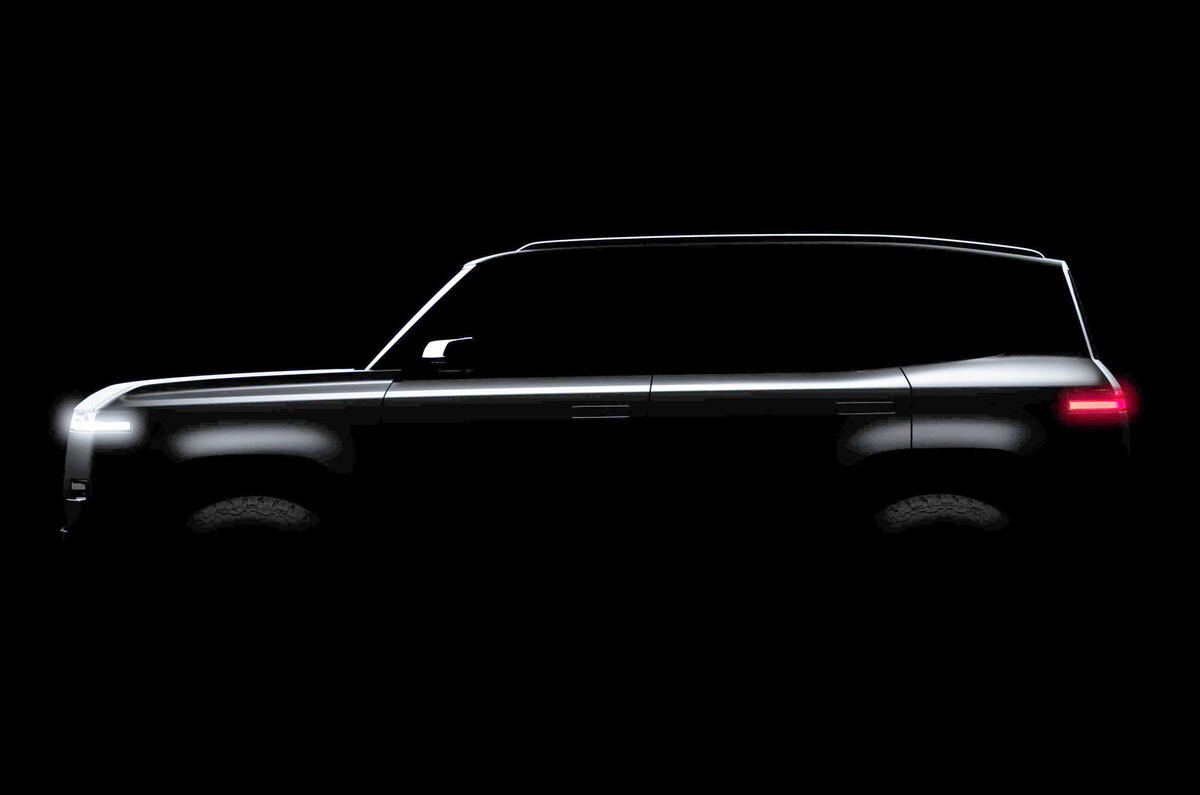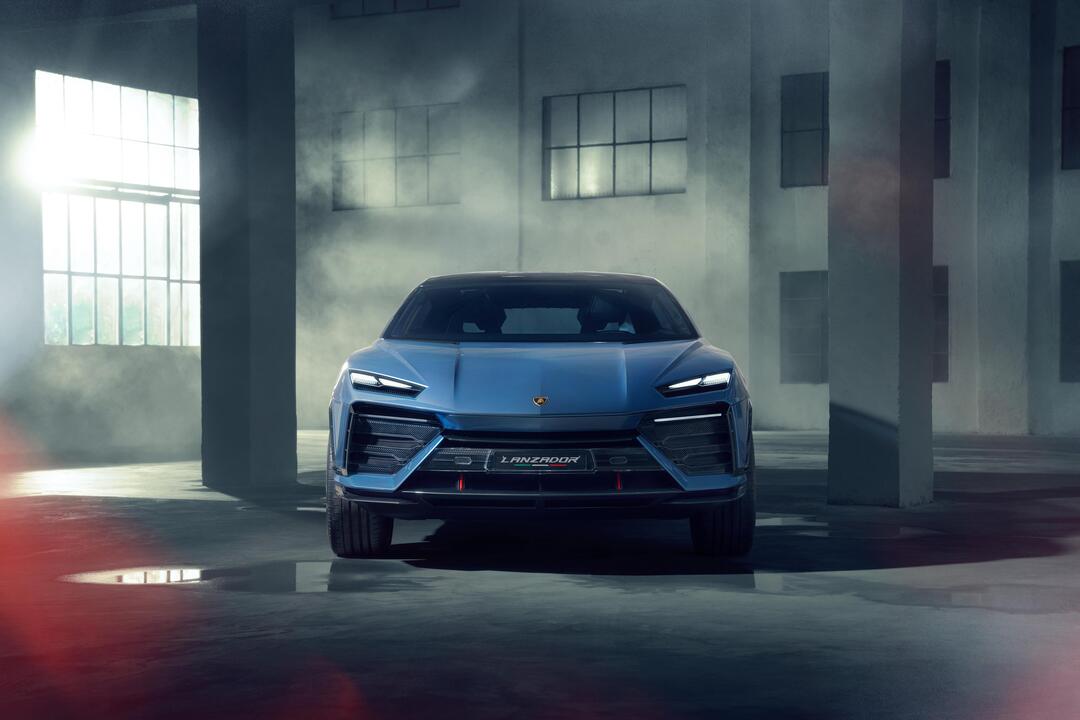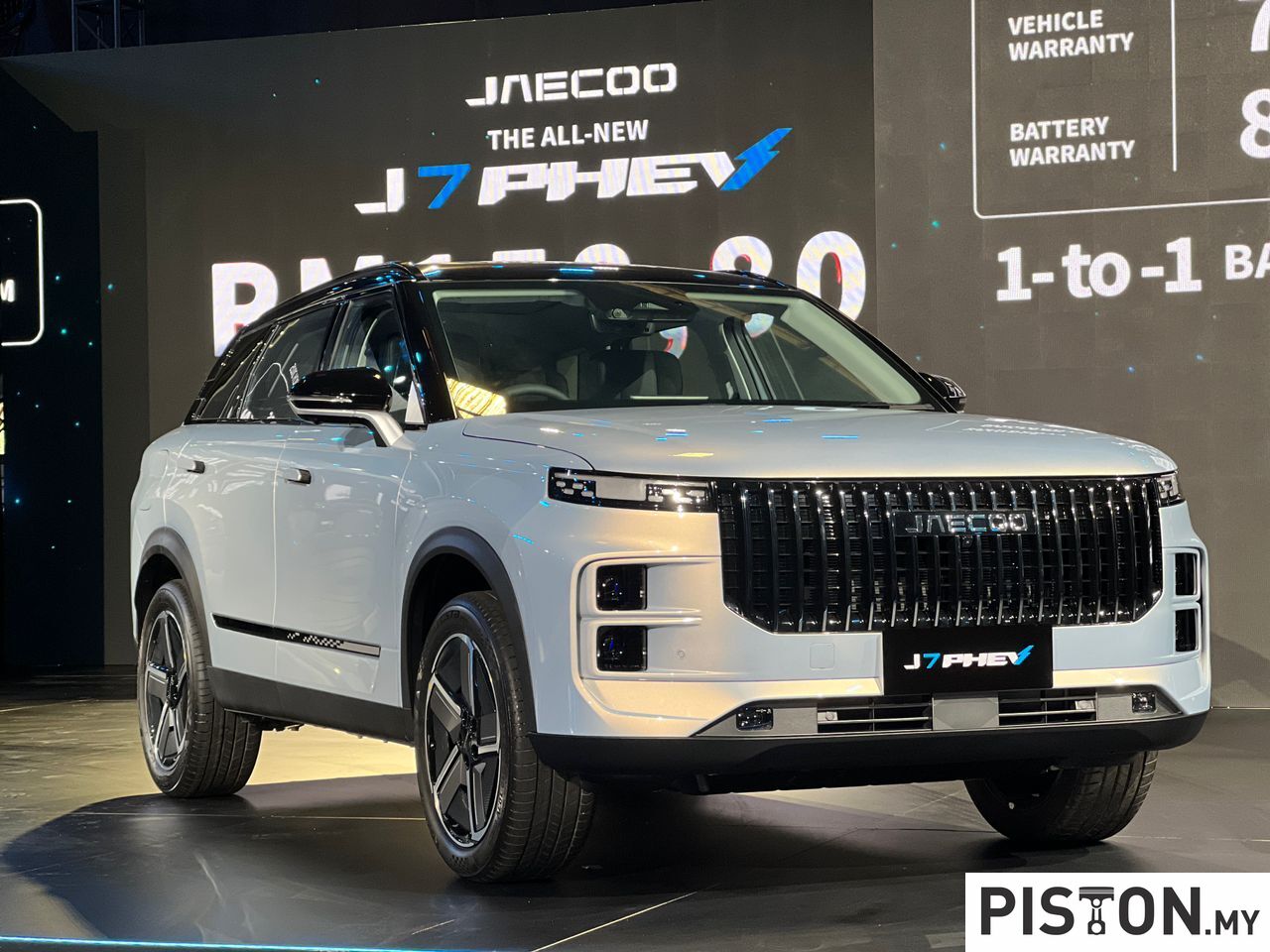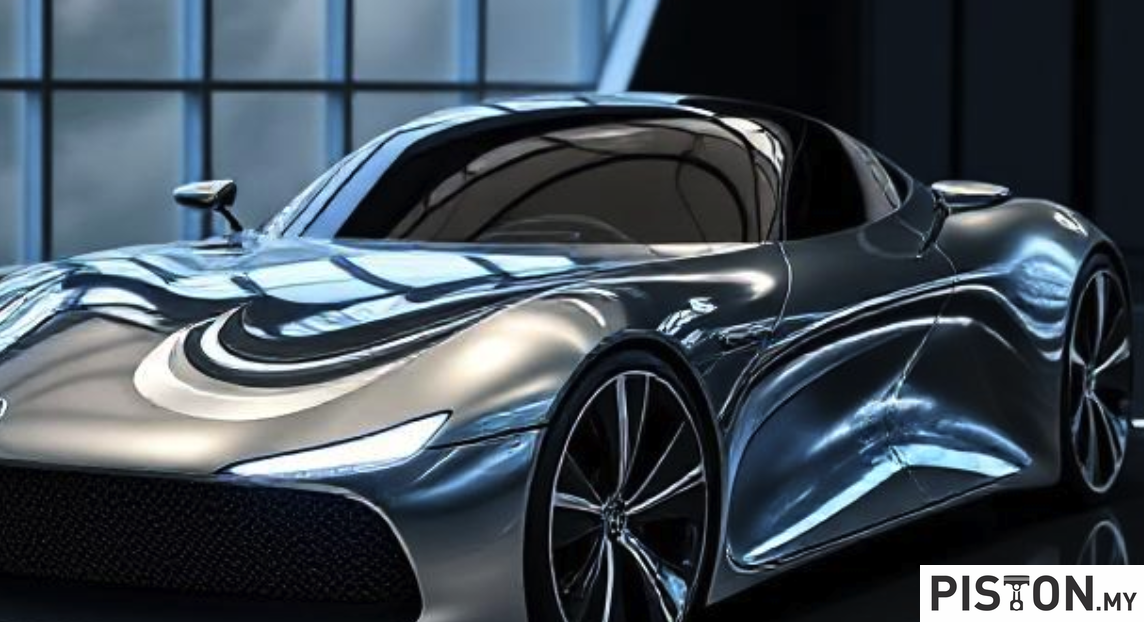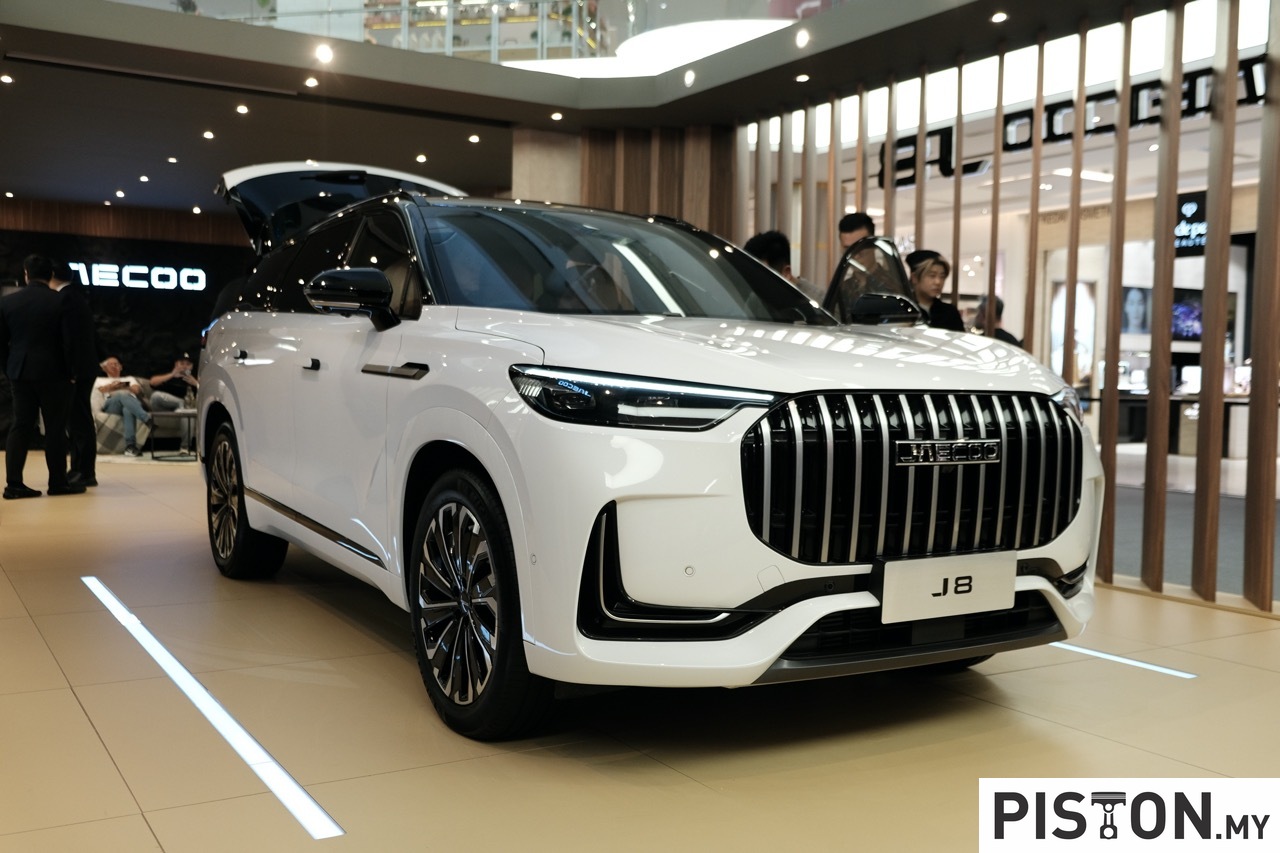In the early years of the automobile, just maintaining control of the car was the most important thing for the driver to do. Knowing how the engine was running and the speed were secondary. Over time, meters and warning lights were added to provide the driver with information that could help him drive better or alert him of problems. The increasing number of meters to display led to the creation of the instrument panel as an integral part of the dashboard, with the area in front of the driver being referred to as the ‘cockpit’, a term taken from aircraft.
In the past couple of decades, the instrument panel has evolved from having mechanical devices to digital graphic displays which allow more information to be shown by having changeable displays. Some information (eg energy flows in a hybrid powertrain) is also shown on the panel in the middle of the dashboard.
Looking at the instruments while driving means the eyes move down and the driver may not be watching the road ahead momentarily, which can be dangerous. One approach to helping the driver keep eyes ahead all the time was to take an idea from fighter aircraft – the Head-Up Display (HUD). This is a display projected on the windscreen ahead of the driver with information such as speed and other warnings.
The first HUD for a production car (a Nissan Silvia) appeared in the 1980s but it was a simple display and did not really seem meaningful to drivers. In the years that followed, some carmakers would offer it but it did mean costly additional hardware as well so it was mostly found on expensive models. As the cost came down and technology improved, the HUD started to appear in more cars.
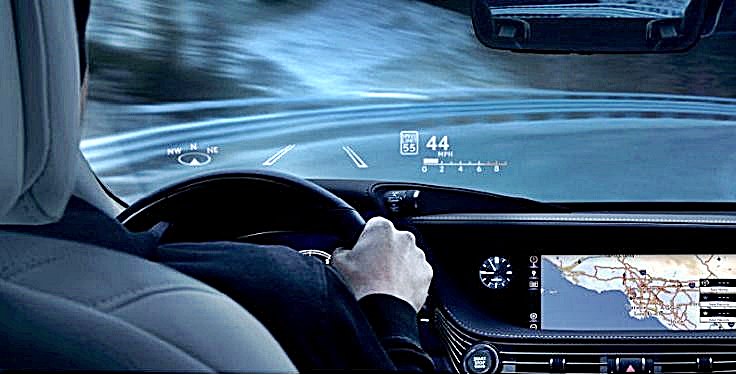
Some manufacturers like Peugeot and Mazda came up with features that mimicked HUDs by positioning a panel at the base of the windscreen. Information was displayed by a small projector inside the instrument panel housing. This was a lower cost approach as it did not require special windscreens and it allowed the driver to keep eyes ahead while being able to see the information.
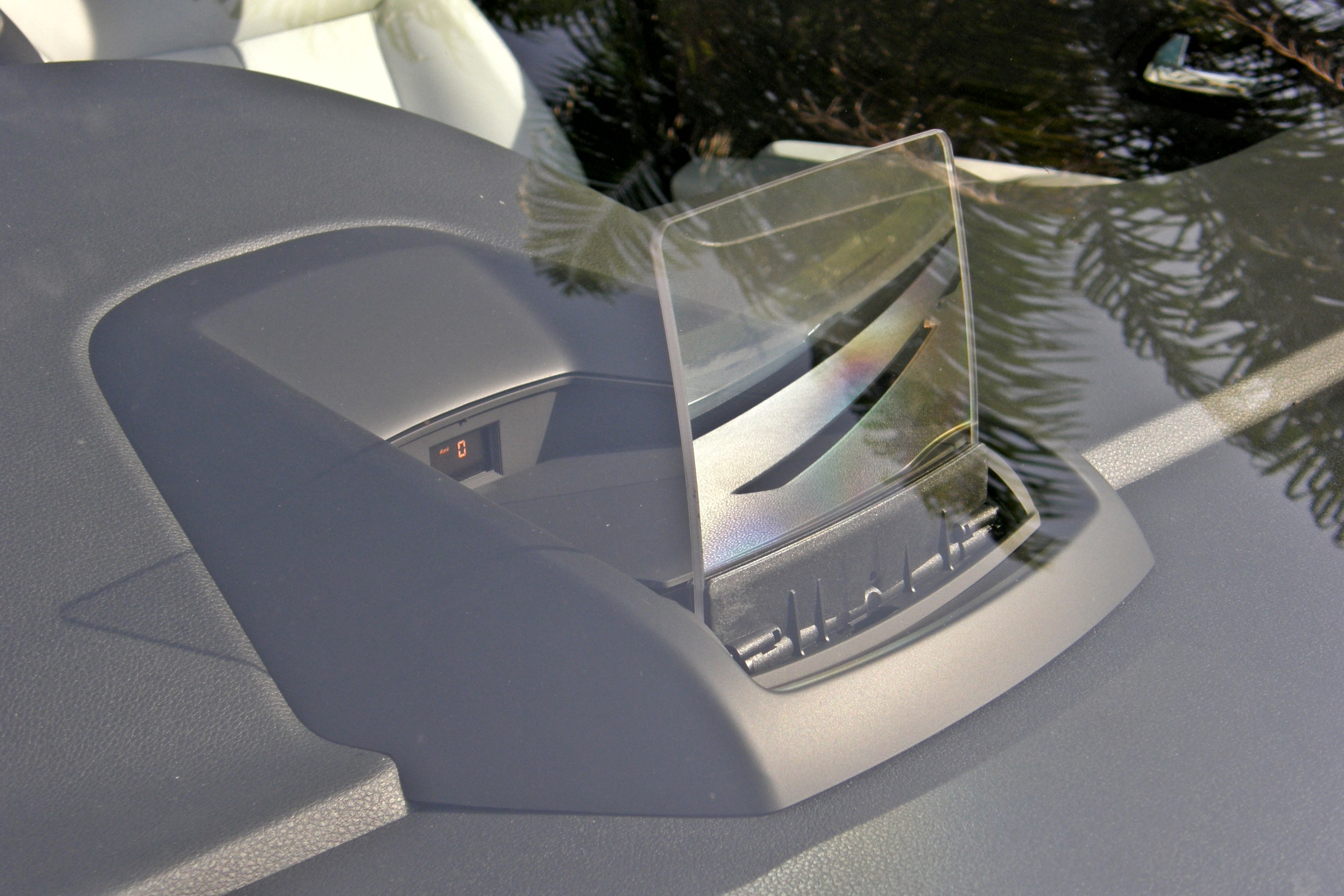
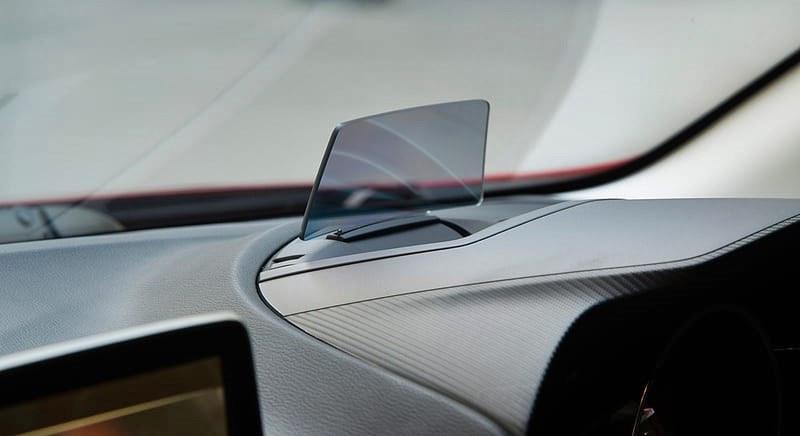
Continental has had an ongoing project known as the Cockpit of the Future where it has been developing various types of displays for cars which provide a broad range of information. These use the latest display technologies for clarity in all kinds of lighting conditions.
Scenic View Head-Up Display
Next week, at the 2023 edition of CES – the annual Consumer Electronics Show in Las Vegas – Continental will display its latest concept called the Scenic View Head-Up Display. While HUDs typically occupy a small area on the glass, the Scenic View HUD stretches from the left side to the right side with various displays showing different information on a black panel.
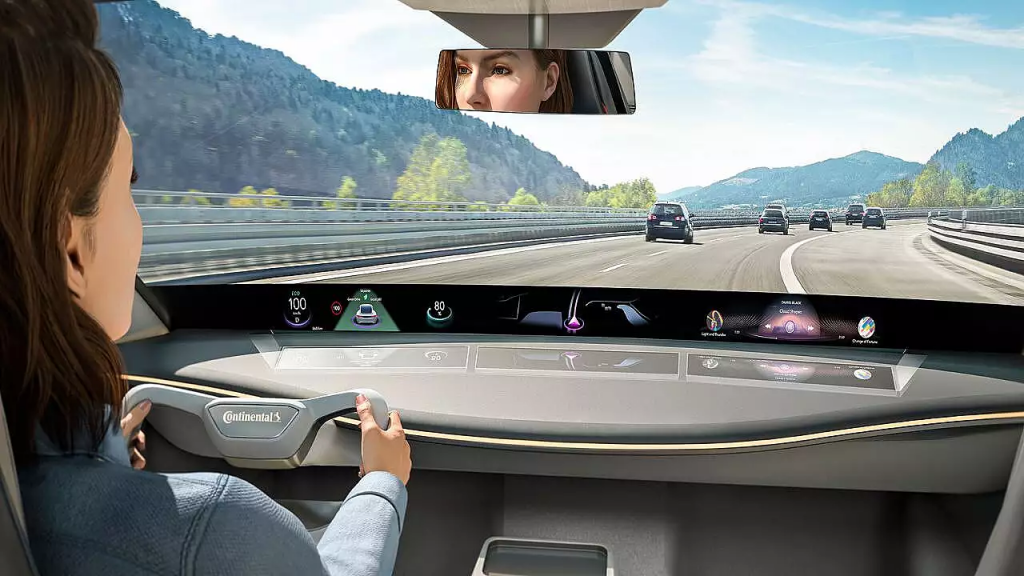
Like the displays in some Mazdas and Peugeots, this approach creates a reduced look-down angle and higher focal distance for drivers. It provides critical information that drivers need while keeping their eyes on the road.
The Scenic View HUD displays the information of the instrument cluster, centre display and passenger display at the base of the windscreen. It reflects an extremely wide virtual image spanning the entire cockpit. With these expanded viewing areas, the virtual image is visible to everyone in the vehicle, so all occupants can be ‘involved’ in the journey (if they are interested).

Low power consumption
To achieve this effect, display modules are hidden inside the dashboard and reflected in the lower black-print area of the windscreen. The visible brightness allows for safe usage in all environmental lighting conditions. Due to the large expanse of display area, Continental engineers developed a propriety algorithm which optimizes the power consumption.
The structure of the system, as well as the fact that it’s all digital, also gives new opportunities for innovative dashboard designs for vehicle manufacturers. By hiding the displays inside, a significant amount of new space is available on the dashboard. One standardized module can be reused across different vehicle lines in different configurations, from one to four displays. This flexibility reduces costs, as well as R&D and integration efforts.
“Vehicle safety is our number one priority. Scenic View HUD brings vivid, exciting display technologies to a vehicle in a way that prioritizes safety. It’s a totally new design concept to show information in the vehicle. A driver is more connected to the road with the Scenic View HUD, thereby ensuring a better, safer driving experience,” said Jens Brandt, Head of User Experience Business Area, Continental North America, after the announcement that the Scenic View HUD won the CES 2023 Innovation Award in the Vehicle Tech & Advanced Mobility category.

Curved Ultrawide Display
Curved Ultrawide Display
Besides the Scenic View Head-Up Display, Continental is also displaying its Curved Ultrawide Display which also spans across the entire width of the cockpit. ‘Ultrawide’ means a width of more than 1.2 metres – from one A-pillar to the other. The design, which can be integrated in the dashboard, creates a new dimension of user experience while the innovative operating concept based on a ShyTech control panel ensures greater safety and comfort.
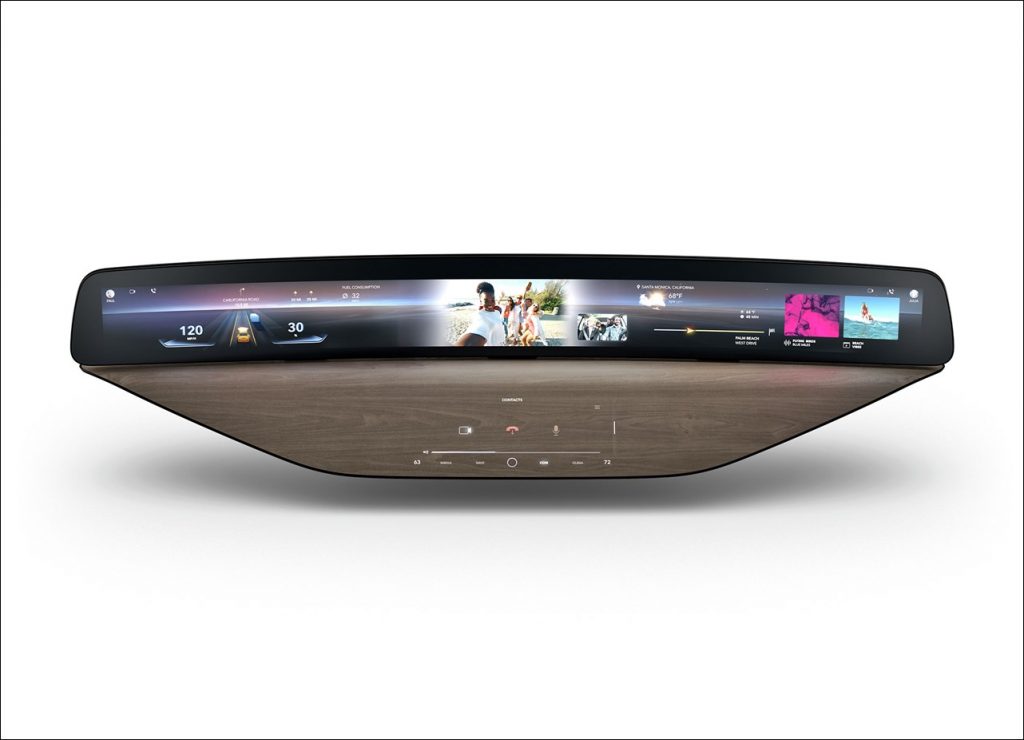
Already under development for some years, the Continental ShyTech display can hide behind various materials and appear by magic when it’s needed. It combines a purist design with display and operating surfaces that only appear when they are needed. This is not only relevant with regard to entertainment electronics in the car of the future, but will soon help drivers keep an eye on all the important information in an intelligent way. While the market introduction of the Scenic View HUD is not announced yet, the ShyTech display will be available to carmakers from 2025.
